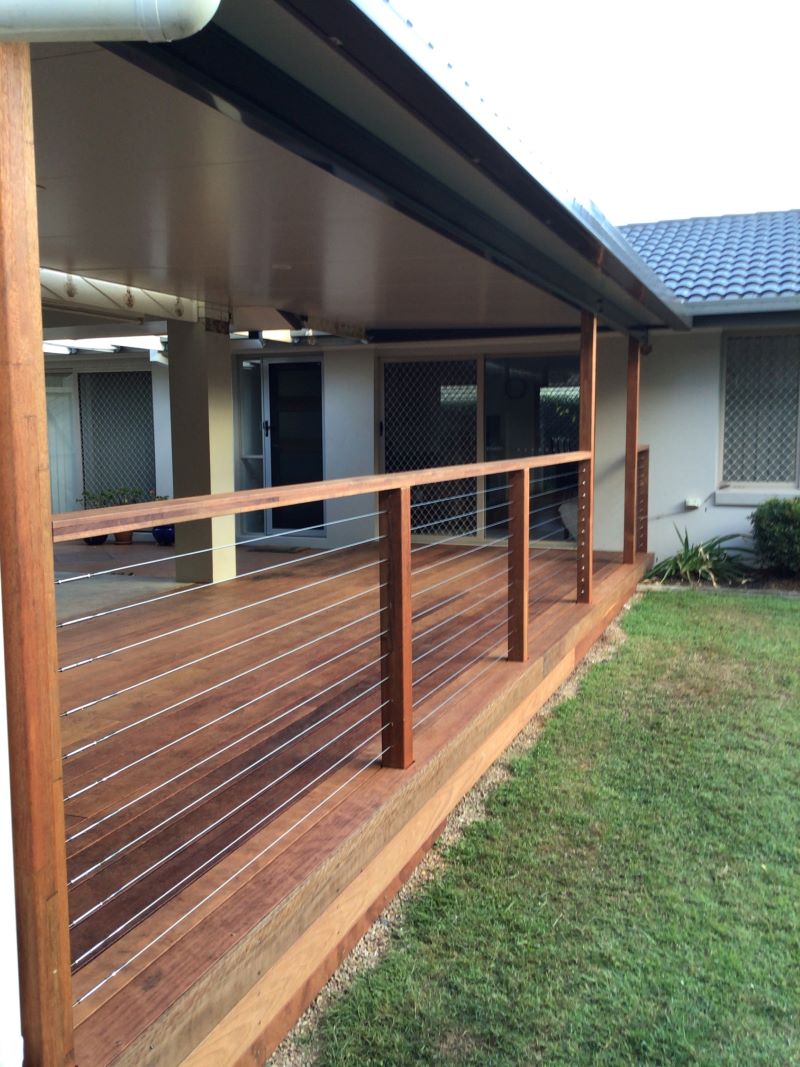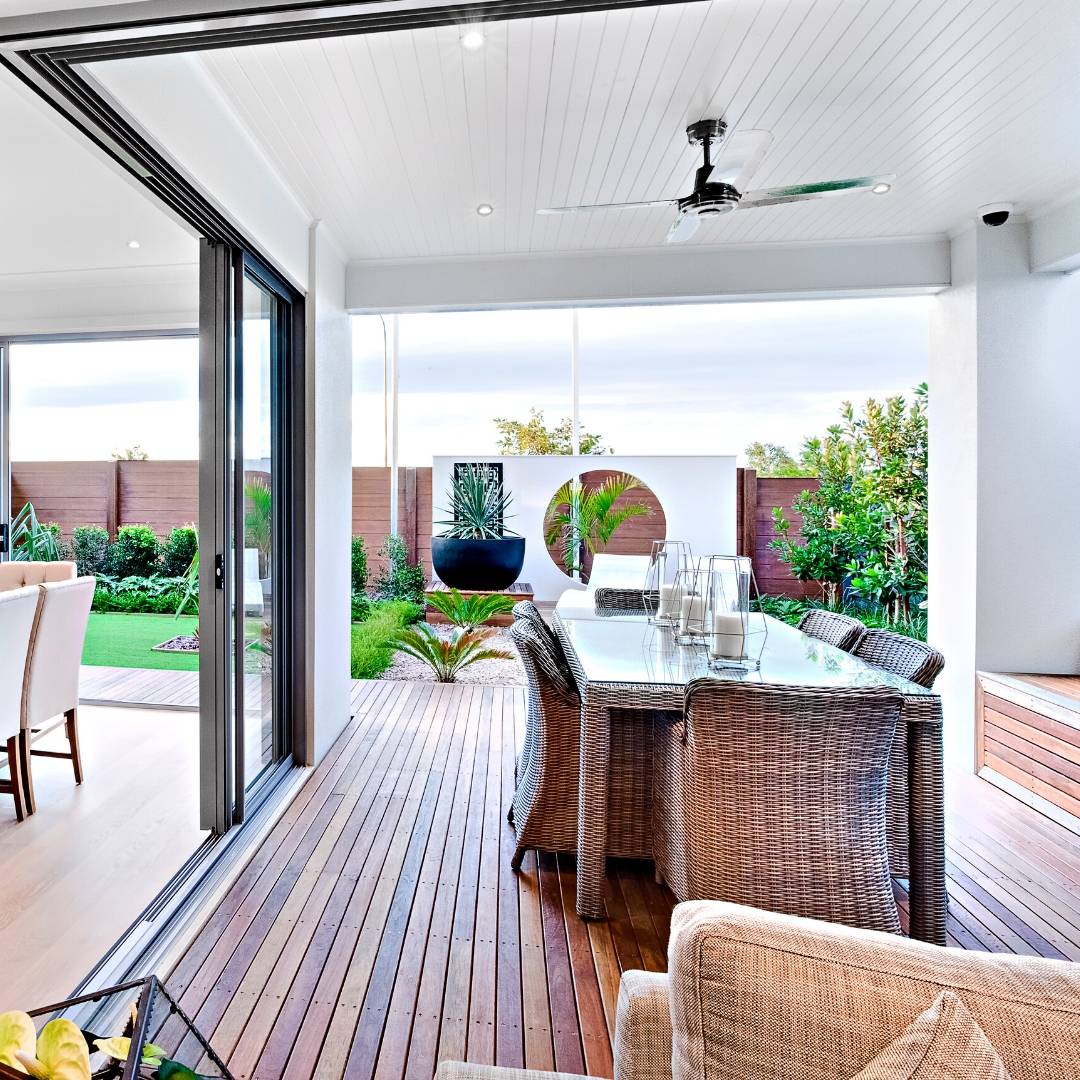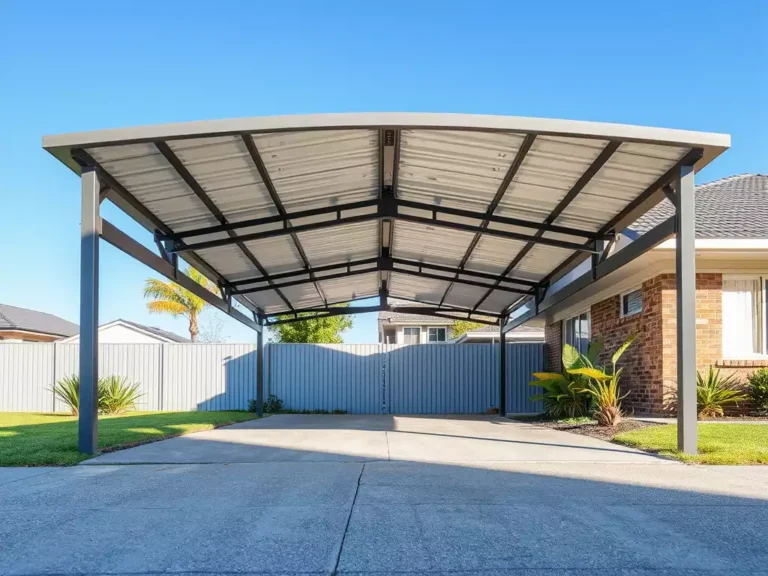Do You Need Council Approval for a Patio in Brisbane? What Homeowners Should Know
Thinking about adding a shady retreat for summer barbies and wet-season protection? You are not alone. Every week we chat with Brisbane homeowners who ask whether they need council approval for a new patio, and how long it takes.
What Council Approval Means For Your Patio

Inspiration for what council approval means for your patio in the context of patio builders.
First, a quick definition without the jargon. There are two typical approvals to consider for a residential patio in Brisbane. Planning approval checks whether your structure fits local planning rules such as setbacks, small-lot provisions, overlays like flood or bushfire, and neighbourhood plans. Building approval confirms the structure is safe and compliant with the National Construction Code and relevant Australian Standards, often assessed by a private building certifier who lodges paperwork and inspects construction at key stages. Pergolas Brisbane can assist with preparing documentation and liaising with your chosen certifier, but building certification is carried out by an independent private certifier appointed for the job.
Some patios are accepted development, which means planning approval is not required if strict rules are met, although building approval may still be needed.
Why does this matter for you?
Because the same patio can be exempt in one suburb and require a full application in another if overlays apply. A patio attached to your house in Carina on a small lot might trigger an assessment due to side boundary setbacks, while a freestanding structure in Alexandra Hills that sits within the allowed height and distance limits may only require building approval. That is why early checks are crucial. A short document check at the start can prevent a stop-work notice or a costly redesign later.
How Brisbane Patio Builders Help You Navigate Approvals
Inspiration for how brisbane patio builders help you navigate approvals in the context of patio builders.
Good patio builders do far more than install posts and roofing. They translate planning rules into a design that fits your block, your lifestyle, and the weather we all know in South East Queensland.

Here is the typical pathway we manage for homeowners across Brisbane, Redlands, Logan and the Gold Coast:
-
Design briefing: how you plan to use the space, from children playing to weekend entertaining.
-
Site measure and compliance check: setbacks, overlays, small-lot rules, and neighbour considerations.
-
Concept design: roof style, spans, posts, privacy screens, timber decking or concrete pad.
-
Engineering coordination and certification: arranging structural drawings and liaising with engineers and certifiers for building approval.
-
Lodgement and inspections: paperwork submitted (commonly by your certifier) with our assistance where requested, then frame and final inspections as required.
-
Build and handover: practical completion, care tips, and maintenance guidance.
Do You Need Approval? Common Scenarios at a Glance
Inspiration for do you need approval? common scenarios at a glance in the context of patio builders.
The short answer is that many domestic patios qualify as accepted development for planning purposes if they meet precise criteria, but most still need building approval before construction. The details depend on where your property sits and how the patio is designed. Below is a general guide that homeowners find useful. Always confirm with a qualified professional or the relevant council webpage before you proceed, because overlays and neighbourhood plans can change what applies to your property.
|
Scenario |
Is Planning Approval Typically Needed? |
Is Building Approval Typically Needed? |
Notes |
|---|---|---|---|
|
Freestanding patio set well inside boundaries and under typical height thresholds |
Often not required if accepted development criteria are met |
Usually required |
Check for flood, heritage, character, or bushfire overlays that can change this status |
|
Attached patio on a small lot near side boundary |
Often required |
Required |
Setback and site coverage rules are common triggers for assessment |
|
Patio within waterfront or canal precincts |
Often required |
Required |
Additional coastal and structural controls often apply in bayside suburbs |
|
Patio in mapped flood-prone areas |
Commonly required |
Required |
Flood overlays can impact finished floor levels, materials and openings |
|
Patio added to a heritage or character home |
Usually required |
Required |
Street character and heritage provisions can influence roof form and materials |
|
Minor awning or small shade cover inside all rules |
Often not required |
Sometimes required |
If it shelters a defined outdoor living area, approvals are more likely |
If you are unsure, a quick planning enquiry and a check of your property report will reveal overlays and constraints.
From Idea to Approved Patio: A Simple Step-by-Step
It helps to see the journey laid out. Here is a straightforward process you can follow, with us or with any reputable team. Start by writing a two-sentence brief on how you intend to use the space. Are you cooking outside three nights a week, or mostly hosting birthdays and long lunches. Next, gather a copy of your property survey or site plan if you have one, plus a few photos of the area from different angles. This speeds up design decisions and helps us test setbacks and clearances early.
-
Initial chat and site visit: explain your wish list and constraints such as vehicles, pool, or garden beds.
-
Design options: review two or three roof styles with sketches and examples that match your home and lifestyle.
-
Compliance check: confirm whether the design meets accepted development rules or requires planning approval.
-
Engineering coordination and building approval: arrange structural drawings and liaise with engineers and your chosen private certifier for lodgement.
-
Neighbour communication: give your neighbours a courtesy heads-up, especially if screens or boundary setbacks are tight.
-
Construction: experienced trades handle posts, beams, roofing, flashing, drainage, lighting and fan mounts.
-
Final inspection and handover: receive documentation, maintenance tips, and suggested cleaning schedules.
Small extras can make a big difference. Conduits for future lighting or fans keep cables hidden and ready for a licensed electrician. Downpipe spreaders, silt socks and temporary ground protection keep the site neat during build. If you are planning a carport or deck next, it can be efficient to plan the package together, because approvals and engineering often overlap. That is why many clients browse and then link to our patios, decks, or carports service pages for inspiration and planning tips.
Permits, Neighbours and Practicalities: What Homeowners Ask
We answer these questions every week, from Sunnybank to Redland Bay, and they may help you too. How long do approvals take. Building approval for a domestic patio can be fast when documentation is ready, often within one to two weeks. Planning approvals can add more time, especially if information requests arise.
Can you build on the boundary?
Sometimes, but setbacks and fire separation rules apply, and design solutions such as parapet walls or screens may be needed.
Will the council notify neighbours?
Some planning applications include notification processes, while many domestic-scale patios do not. Either way, a friendly conversation often goes a long way.
What about materials?
Colorbond roofing is a favourite for durability and style, and insulated panels offer thermal comfort and quieter rain. Timber decking gives warmth and airflow, while concrete pads are hardy with low maintenance. For bayside or canal locations, we select fasteners and fixings that resist corrosion.
Do you need electrical or plumbing approvals?
Licensed trades handle fans, lighting, and any stormwater connections, and the certifier will check that the installation matches the approved plans.
How do inspections work?
The certifier (an independent party) typically checks structure during the build and at completion to sign off compliance.
Friendly reminder: regulations change and every site is unique. Treat this article as practical guidance, not legal or engineering advice. A quick call or message will help us confirm the right path for your property.
Why Pergolas Brisbane Is a Safe Pair of Hands
Pergolas Brisbane designs and builds outdoor structures that turn underused yards into inviting living spaces for families and couples across Brisbane, Redlands, Logan and the Gold Coast.
Our approach is simple. We listen, we check rules early, we design for shade and airflow, and we build with materials suited to Queensland weather. You end up with a space that looks right, feels cool, drains properly and clears approvals.
If you are planning future upgrades, we coordinate decks and carports so the whole outdoor living plan fits together without rework.
Want a practical next step. Make a short list of must-haves, take a few photos, then get in touch.
Approval Traps To Avoid And Easy Wins
Even the best ideas can stumble without a few safeguards. Here are quick tips that save time and stress.
Do not assume the neighbour’s patio is a blueprint for yours. Properties vary with overlays and boundary positions.
Confirm your lawful point of discharge for stormwater before you decide on gutter directions. If your patio roof changes how water flows across the yard, plan for additional downpipes or soakage solutions and involve a licensed professional as needed.
Watch for pool proximity when adding a patio around a pool, because safety barriers and gate swing clearances can be affected by new posts and screens.
There are easy wins too. Choose roof colours that match your home to simplify character considerations. Use privacy screens that align with local codes to reduce overlooking concerns. Where space is tight, consider a freestanding design that achieves shade and shelter without complex attachments.
On acreage properties, think about wind exposure and consider bracing layouts that minimise bulk while meeting structural needs. Across all sites, specify durable finishes such as Colorbond roofing and treated or naturally durable timbers, and plan simple maintenance like seasonal cleaning of gutters and light re-coating of exposed timber. Small habits keep your patio comfortable for years.
Conclusion
Approvals do not need to be hard when design and compliance work together from day one.
Imagine a cool, private outdoor room that is signed off, storm-ready and styled for your home in the next few months, not next year.
What would change for your family if your patio became the most comfortable seat in the house, with trusted patio builders handling the paperwork and the build?
Shape Your Outdoor Living with Pergolas Brisbane
Patio designs by Pergolas Brisbane help homeowners with patio builders expertise, making outdoor living comfortable, practical and stylish with guidance through approvals.








